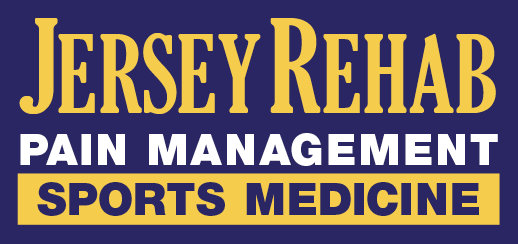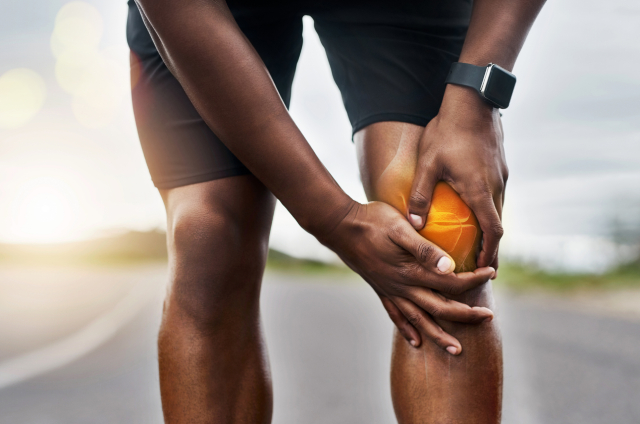The Runner’s Body: How to Strengthen and Prevent Injuries Beyond the Knee
For many runners, the knee often takes center stage when it comes to pain and injuries. However, focusing solely on the knee overlooks the complexities of the runner’s body. To prevent injuries and enhance performance, runners must strengthen their entire musculoskeletal system. This holistic approach includes addressing the feet, hips, core, and upper body to build resilience and longevity in the sport.
Understanding the Chain Reaction
Running is a full-body movement that engages multiple muscle groups and joints. When one area is weak or misaligned, it can create a domino effect that leads to pain or injury elsewhere. For example, weak hips can contribute to knee pain, and poor core stability can impact stride efficiency. By recognizing the interconnectivity of the body, runners can adopt a more comprehensive approach to injury prevention.
Strengthening Key Areas to Prevent Injuries
1. Feet and Ankles: The Foundation of Running
Your feet and ankles absorb significant impact with each stride. Weakness or instability in these areas can lead to conditions like plantar fasciitis, Achilles tendonitis, or shin splints.
Exercises to Strengthen the Feet and Ankles:
- Toe curls and towel scrunches: Improve toe strength and control.
- Calf raises: Strengthen the lower leg muscles to absorb impact better.
- Ankle band exercises: Enhance stability and flexibility.
- Balance training: Using a wobble board or single-leg stands can improve proprioception and prevent sprains.
2. Hips and Glutes: The Powerhouse of Movement
Weak hips and glutes can contribute to improper knee alignment, IT band syndrome, and lower back pain. Since these muscles play a critical role in stabilizing the pelvis and controlling leg movement, strengthening them is essential.
Exercises to Strengthen the Hips and Glutes:
- Glute bridges: Engage and strengthen the glutes and lower back.
- Clamshells: Improve hip stabilization and reduce strain on the knees.
- Single-leg squats: Enhance balance and functional strength.
- Lateral band walks: Strengthen the outer hips to prevent IT band issues.
3. Core: The Key to Stability
A strong core supports posture, running efficiency, and injury prevention. A weak core can lead to excessive rotation, poor alignment, and increased stress on the lower body.
Exercises to Strengthen the Core:
- Planks (front and side): Improve endurance and stability.
- Russian twists: Enhance rotational control.
- Leg raises: Strengthen the lower abdominal muscles for better pelvic stability.
- Dead bugs: Promote proper spinal alignment and coordination.
4. Upper Body: A Surprising Ally
While running is primarily a lower-body activity, a strong upper body supports proper posture and breathing mechanics. Weakness in the back and shoulders can lead to poor arm swing, inefficient movement, and fatigue.
Exercises to Strengthen the Upper Body:
- Push-ups: Build upper-body endurance for better posture.
- Rows: Strengthen the back muscles to maintain an upright stance.
- Shoulder presses: Enhance arm swing control.
- Resistance band pull-aparts: Improve shoulder mobility and prevent tightness.
Injury Prevention Strategies
In addition to strengthening key muscle groups, runners should adopt preventive strategies to stay injury-free.
1. Dynamic Warm-ups
A proper warm-up prepares the muscles for movement and reduces injury risk. Incorporate dynamic stretches like leg swings, lunges with a twist, and high knees before running.
2. Mobility and Flexibility Work
Tight muscles can lead to imbalances and injuries. Regularly stretching the calves, hamstrings, quads, and hip flexors helps maintain optimal range of motion.
3. Cross-Training
Engaging in low-impact activities like swimming, cycling, or yoga can enhance overall fitness while giving the running muscles a break.
4. Gradual Progression
Avoid sudden increases in mileage or intensity. Following the 10% rule—adding no more than 10% mileage per week—helps prevent overuse injuries.
5. Proper Footwear
Wearing the right running shoes for your gait and foot structure is essential. Consider getting fitted at a specialty store or consulting with a physical therapist.
When to Seek Professional Help
Despite the best prevention strategies, injuries can still occur. If you experience persistent pain, reduced mobility, or recurrent injuries, seeking professional care is crucial. A physical therapist or sports rehabilitation specialist can assess movement patterns, identify weaknesses, and create a tailored recovery plan.
Strengthen, Prevent, and Keep Running
Running should be a lifelong activity, not one cut short by preventable injuries. By strengthening key areas of the body, incorporating injury prevention techniques, and seeking expert guidance when needed, runners can enjoy pain-free miles for years to come.
If you’re experiencing discomfort or want to improve your running mechanics, Jersey Rehab offers specialized physical therapy and rehabilitation services tailored to runners. Schedule an appointment today at Jersey Rehab to keep your body strong and injury-free!

